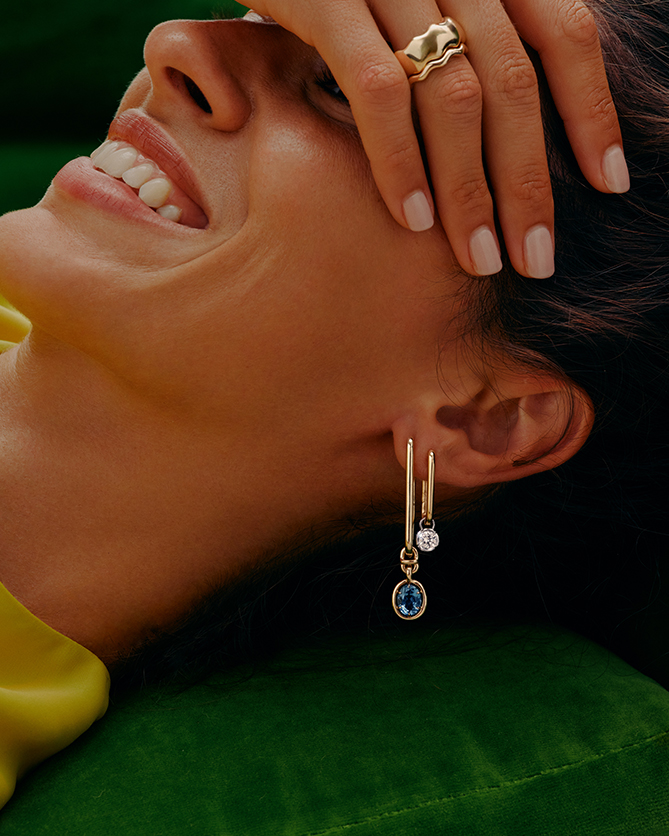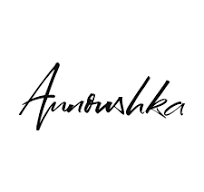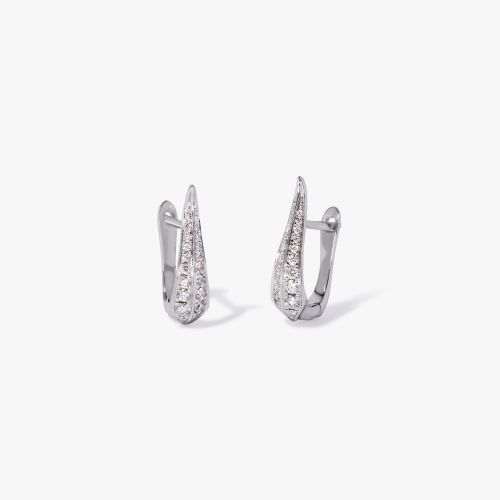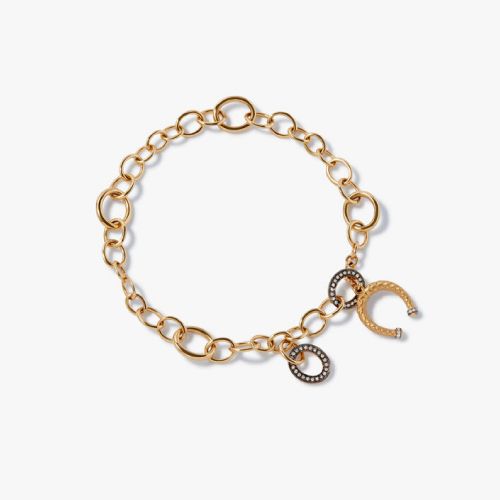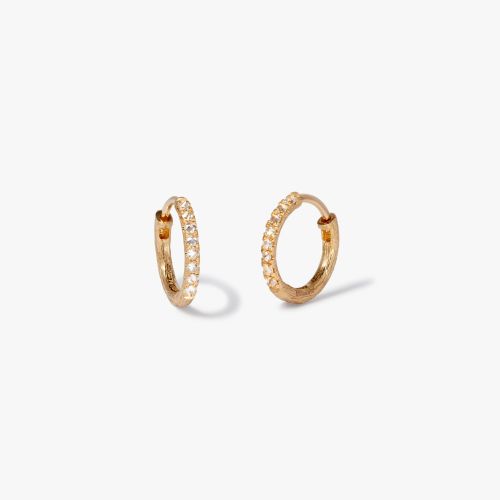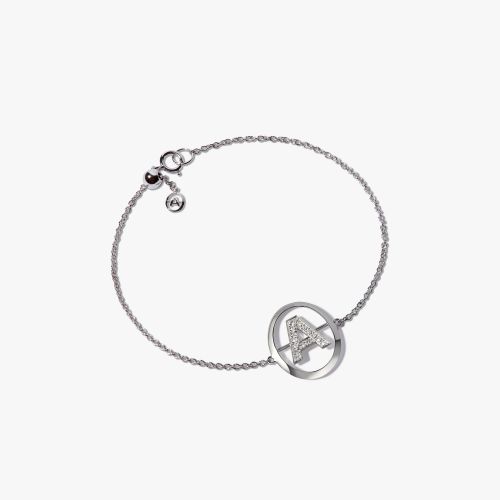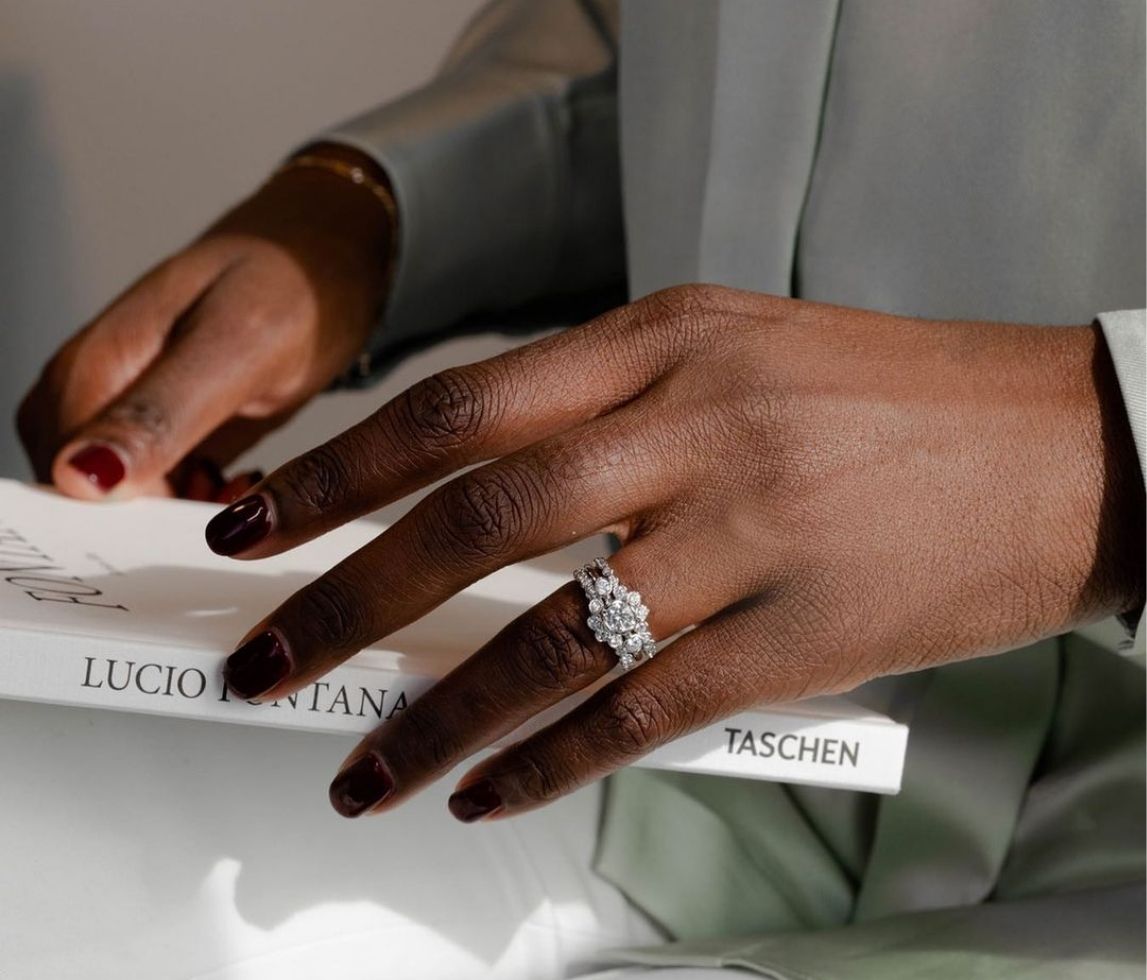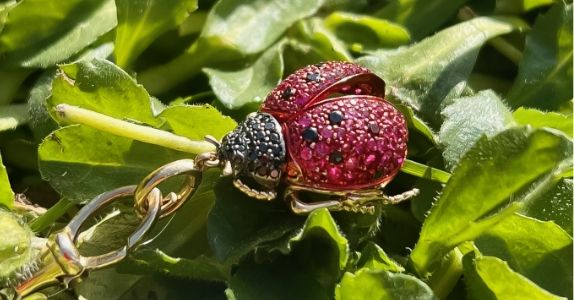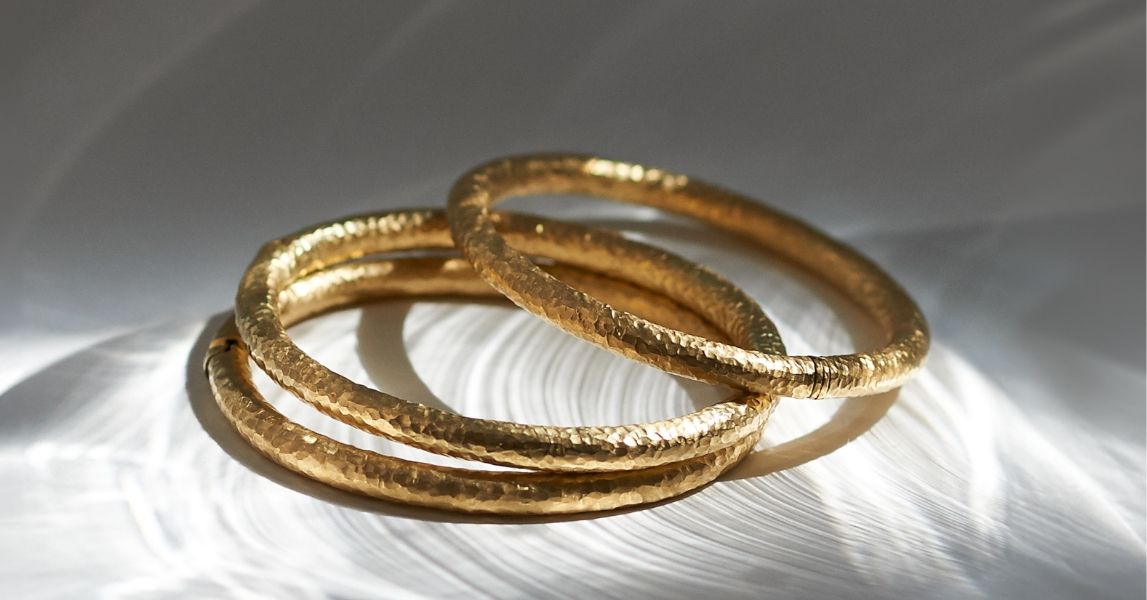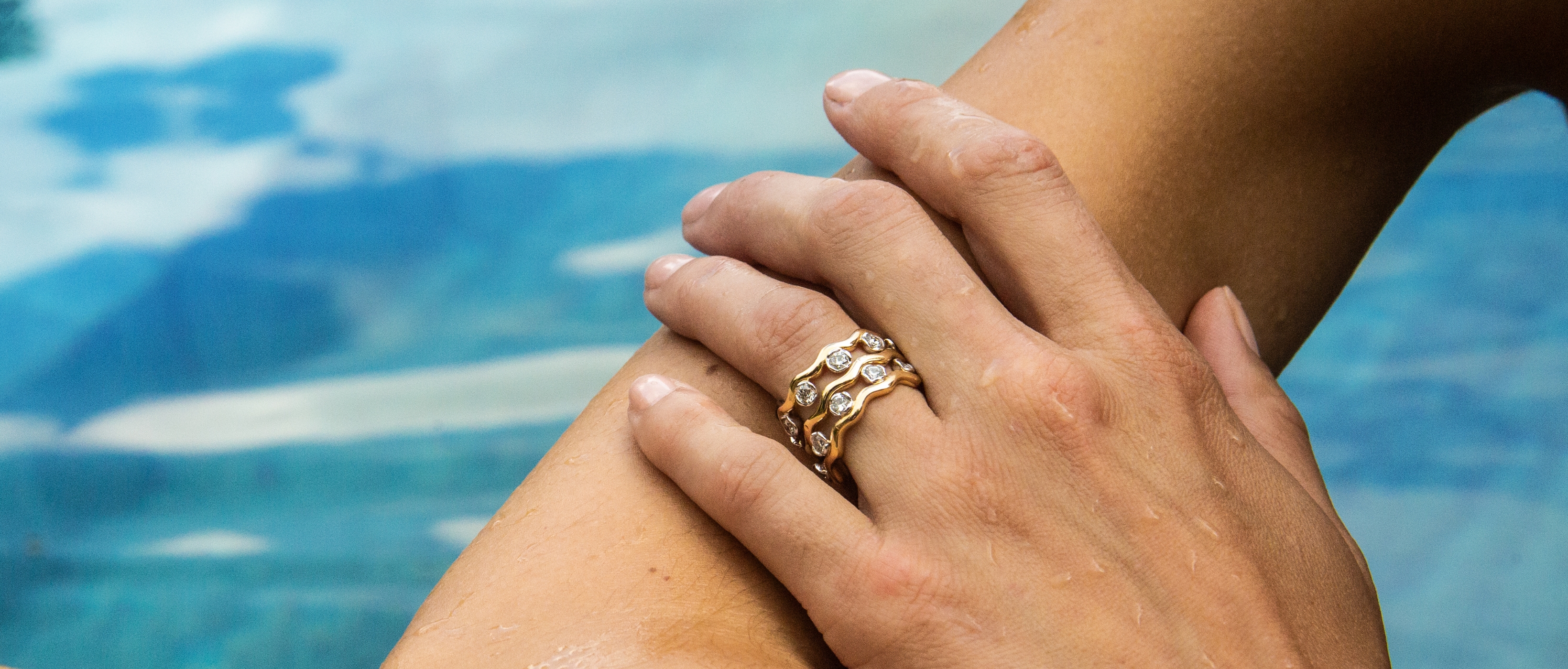
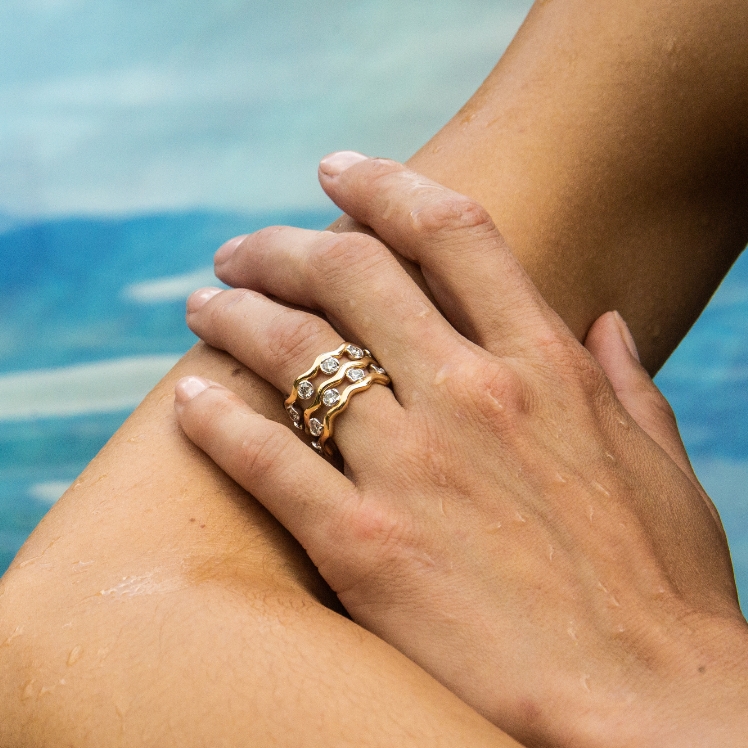
are a wonderful window into history in that they are quite literally a single moment in time, crystalised over more than a billion years, never to be repeated. I see the potential and beauty in the rarity and uniqueness of each stone and its capacity to be re-imagined as a modern-day heirloom.
Most natural diamonds have ages between one billion and 3.5 billion years. Much more recently (tens to hundreds of million years ago), they were carried up towards the surface in volcanic eruptions and deposited in igneous rocks. Every diamond is the result of this extraordinary journey. That’s why we value them so highly: each diamond has a unique spirit and character, its dispersion of white light into spectral colours never the same.
In the 20th century, gemologists developed methods of grading diamonds and other gemstones based on the characteristics most important to their value. Known as the Four C’s, the basic descriptors of diamonds are classed as carats (a carat being equal to 0.2 grams), cut (graded according to proportions, symmetry and polish), colour, and clarity.


Cut
At Annoushka most of our natural diamonds are brilliant cut with 57 or 58 facets. The brilliant cut is the most popular cut as it delivers a high degree of sparkle.


Clarity
Clarity is a measure of the purity and rarity of the diamond, graded by the visibility of these characteristics under 10-power magnification. A stone is graded as flawless if, under 10-power magnification, no inclusions (internal flaws) and no blemishes (external imperfections) are visible.


Colour
Colour refers to the natural tint inherent in white diamonds. Grades D, E and F are described as colourless, while G, H, I and J colour diamonds are described as near colourless and are considered desirable for classic natural diamond engagement rings. Typically, this is what we use at Annoushka, although we are often asked to source different grades for bespoke pieces.


Carat
Carat refers to the weight of a diamond, not the size, because carat weight can be deceptive. Diamonds of the same weight may vary in size if one is cut deeper than the other, or is of a different shape, and carat weight does not determine a diamond’s value, as two stones of the same weight can vary widely in price when clarity, colour and cut are taken into consideration.
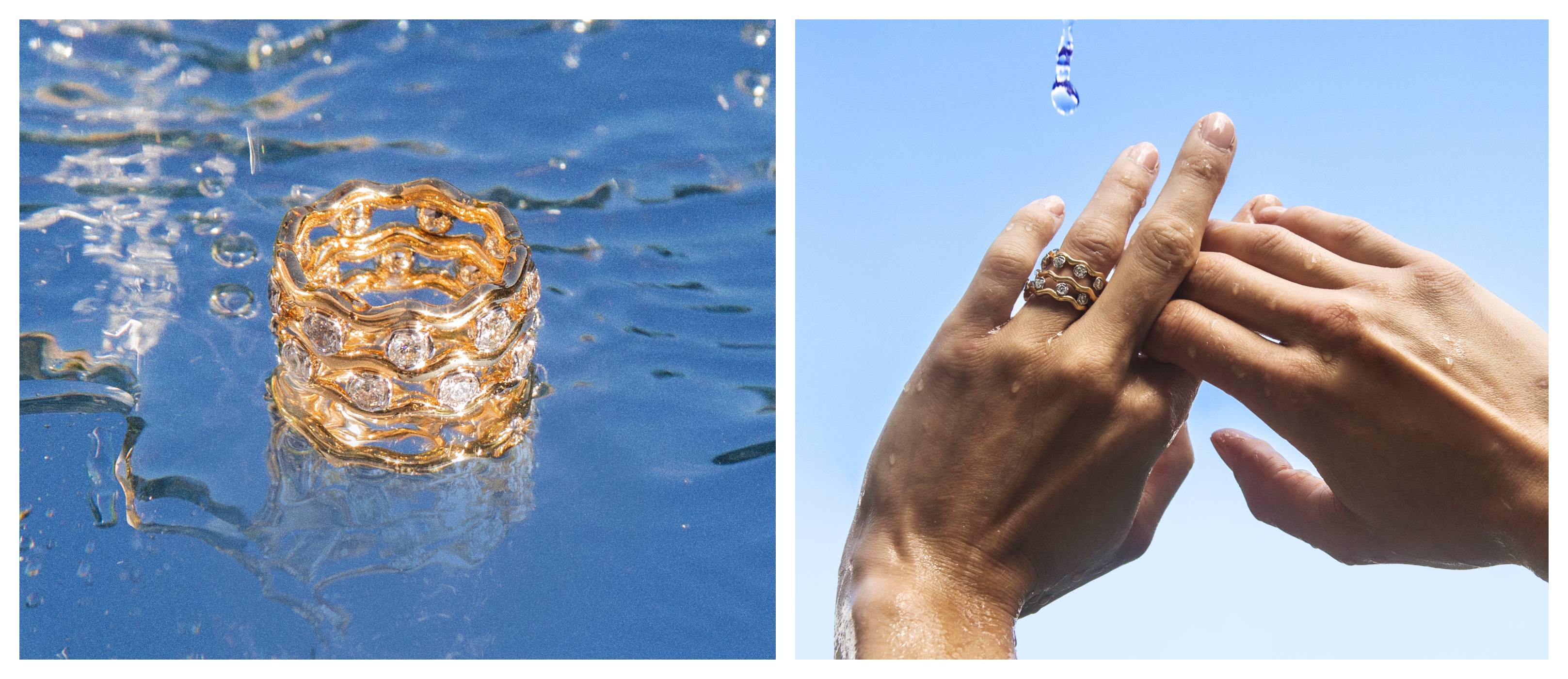
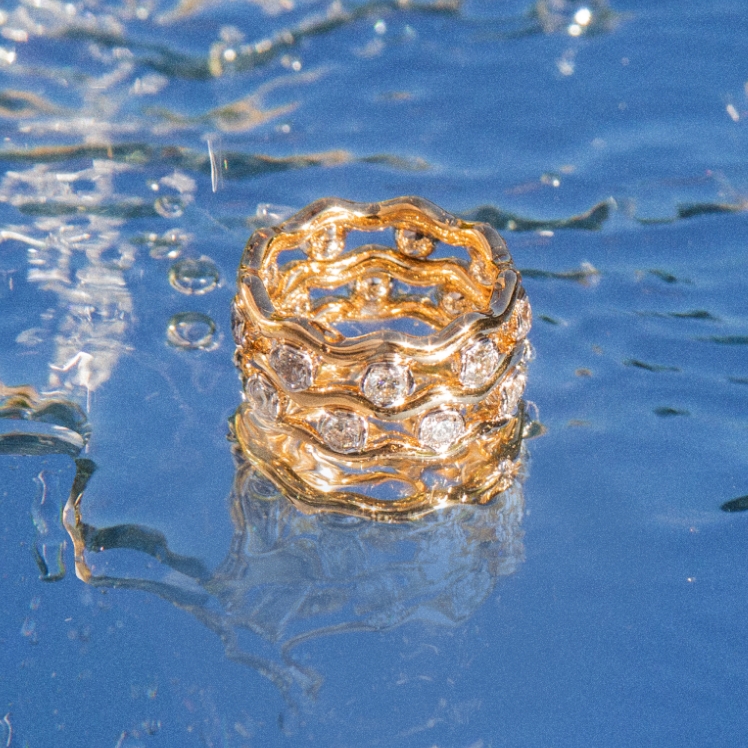
At Annoushka we have a great love of the inherent beauty of diamonds and believe that colour, flaws, inconsistencies and blemishes should be celebrated as they create the unique personality and character of each stone. That’s why you’ll find us working with dusty diamonds and salt and pepper diamonds as well as the more traditional white diamonds.
Historically, diamonds have been sought after and fought after. At Annoushka we are very aware of the problem of ‘conflict diamonds’. We are committed to the Kimberley Process Certification System, the industry standard for the removal of conflict diamonds from the global supply chain. Nobody should be harmed through the mining or trading of diamonds, and we are determined to work with emerging initiatives focussing on improving traceability and compliance.
